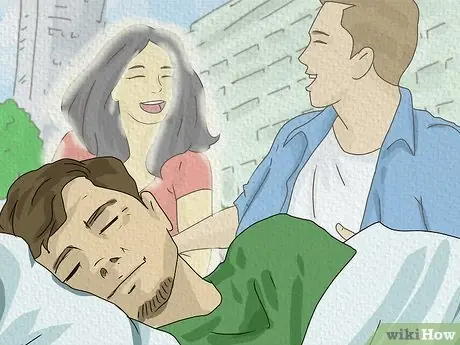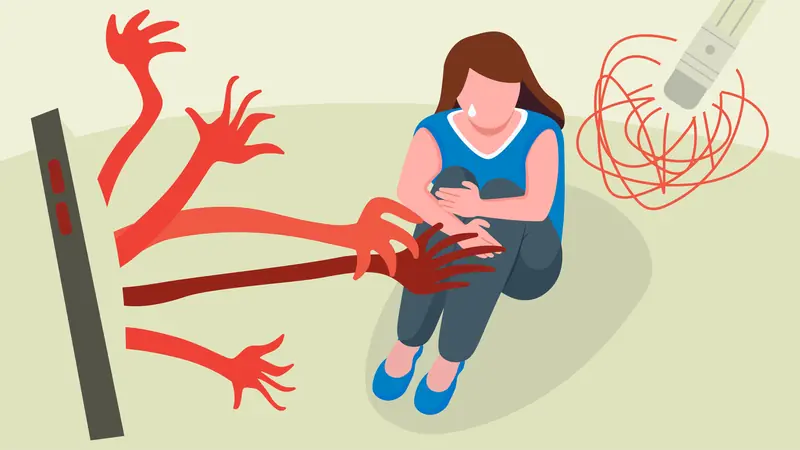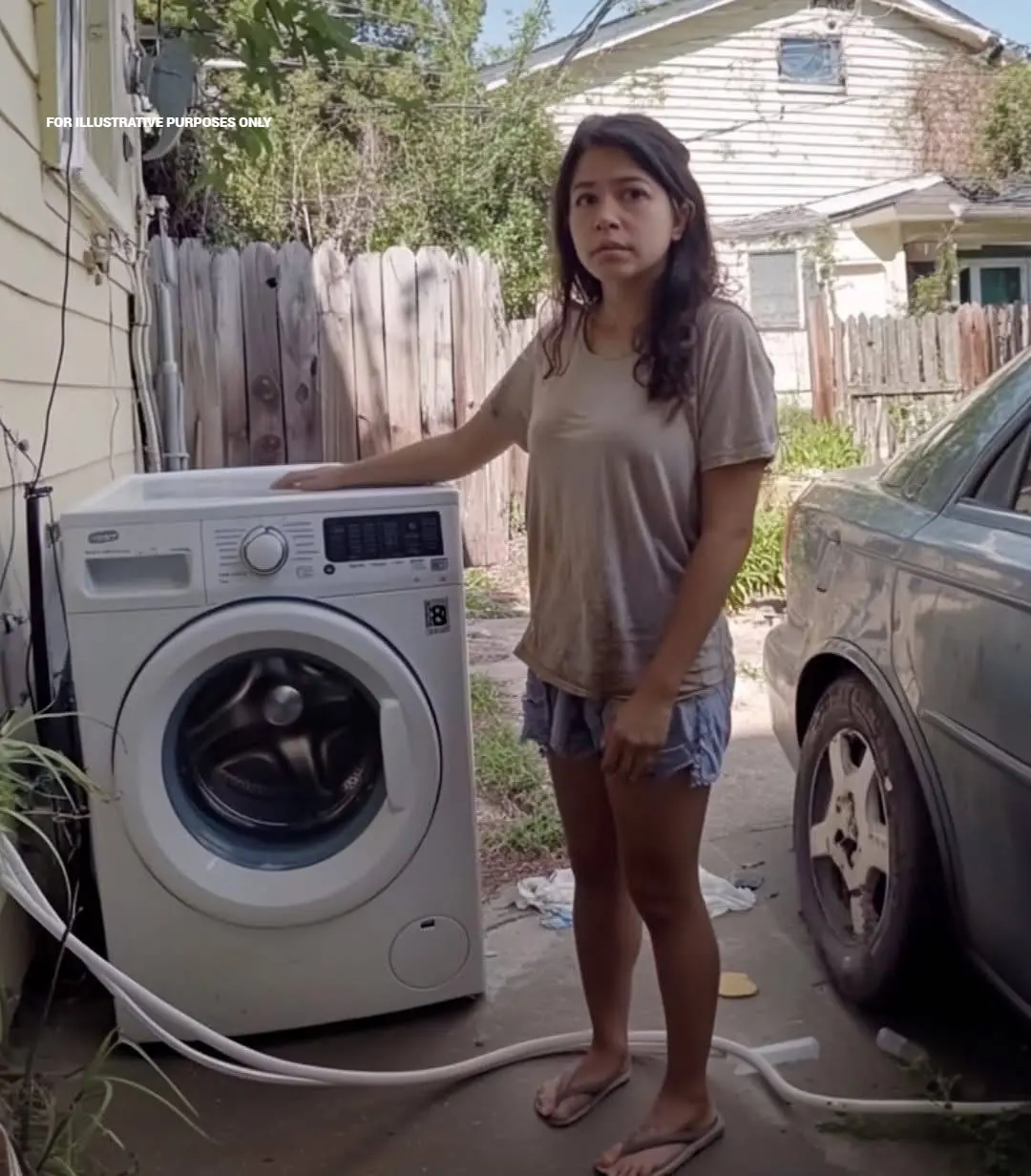
What Are Eye Floaters? Here’s What to Do If You Start Seeing Them, According to an Eye Doctor
Have you ever looked up at the sky or stared at a blank wall, only to notice strange specks, squiggly lines, or cobweb-like shapes drifting across your vision? These are called eye floaters, and while they’re usually harmless, they can sometimes be a sign of something more serious. According to eye doctors, understanding what floaters are — and knowing when to seek medical help — is key to protecting your vision.
What Exactly Are Eye Floaters?
Eye floaters are small pieces of debris that float in the vitreous humor, the clear, gel-like substance that fills the inside of your eye. As light enters your eye, it casts a shadow of these tiny clumps on your retina — the light-sensitive tissue at the back of your eye — which you then perceive as "floaters." They often appear as dots, strings, or spiderwebs that move when you move your eyes and seem to dart away when you try to look directly at them.
Floaters are more noticeable when you’re looking at a bright, plain background, like a blue sky or a white wall. Most people experience them at some point in life, and for many, they become more common with age.
Why Do Floaters Occur?
According to Dr. Helen Kim, an ophthalmologist based in New York, floaters are often a normal part of the aging process. “As we get older,” she explains, “the vitreous gel inside the eye starts to liquefy and shrink. This can cause the collagen fibers inside the vitreous to clump together, creating floaters.”
Other common causes of floaters include:
-
Nearsightedness (myopia): People who are nearsighted are more likely to develop floaters earlier in life.
-
Eye injuries: Trauma to the eye can disturb the vitreous and lead to floaters.
-
Eye surgeries or medications: Certain procedures, like cataract surgery, can increase the risk of developing floaters.
-
Inflammation inside the eye (uveitis): This can cause debris to form in the vitreous.
When Are Floaters a Concern?
While floaters are usually harmless, there are situations where they may indicate a more serious condition, such as a retinal tear or retinal detachment. These are medical emergencies that can lead to permanent vision loss if not treated promptly.
You should see an eye doctor immediately if you experience:
-
A sudden increase in the number of floaters
-
Flashes of light in your vision
-
A shadow or curtain appearing in your peripheral vision
-
Loss of side or central vision
“These symptoms could mean that the vitreous has pulled away from the retina too forcefully, causing a tear or detachment,” warns Dr. Kim.
What Can You Do About Floaters?
In most cases, eye floaters don’t require treatment. Over time, your brain learns to ignore them, and they may settle below your line of sight. However, if floaters are affecting your vision significantly or are caused by a more serious condition, there are a few options:
-
Vitrectomy: This is a surgical procedure that removes the vitreous gel along with the floaters. It's generally reserved for severe cases due to the risk of complications.
-
Laser therapy: Some specialists use lasers to break up floaters, making them less noticeable, though this treatment is still considered experimental.
Final Thoughts
Eye floaters are a common and usually harmless visual phenomenon, but it's important to monitor any changes and know when to seek help. Regular eye exams can help detect issues early and ensure your eyes remain healthy. So the next time you notice a squiggly shape drifting across your vision, don’t panic — but don’t ignore it either.
News in the same category


4 Foods You Should Never Combine with Honey Due to Toxin Risk — Many People Consume Them Without Knowing

Get Baby-Soft Heels: Olive Oil and Baking Soda for Cracked Heels

Natural Remedy for Liver Cleansing: One Tablespoon Before Bed

24-Year-Old Woman Suffers Stomach Perforation Due to One Common Morning Coffee Mistake

65-Year-Old Man Passes Away at Night: Doctor Warns Against 4 Types of Drinks Before Bedtime

Carrot Orange Ginger Juice: A Nutrient-Packed Powerhouse for Your Health

The Powerful Health Benefits of Lipton, Cloves, and Ginger: Why Every Woman Should Try This Wellness Trio

What It Means When Someone Who’s Passed Away Appears in Your Dream — It Might Be More Than Just a Memory

Dentist Explains 7 Key Causes of Yellowing Teeth and How to Prevent It

6 Types of Pain That Signal Cancer Cells May Have Reached the Final Stage

People at Risk of Cancer Often Show 3 Warning Signs in the Neck – Early Checkups Can Save Lives

Young Woman Suffers from Back Pain and Sleepless Nights, X-Ray Reveals 'Honeycomb Bones' – All Caused by a Popular Beverage

Study Finds: The Body Remembers Trauma Even When the Mind Has Moved On

Increasing Protein Intake May Help Slow Alzheimer’s Progression, New Study Suggests

Eliminating One Food From Your Diet May Significantly Lower Your Colon Cancer Risk, Scientists Say

Oatmeal and Guava: A Natural Remedy for Leg Cramps, Diabetes, and High Blood Pressure

Ancient Herbal Infusion to Cleanse Your Kidneys and Eliminate Toxins

The Hidden Culprits Behind Osteoporosis: 3 Common Drinks You Should Watch Out For
News Post

💪 45 and Tired? This Grandpa-Approved Beetroot Drink Might Change Your Life

Is Death an Illusion? Quantum Physics Offers a Surprising Perspective

After Wife Leaves Family, Man Raises Child Alone, Woman Contacts Their Daughter 20 Years Later – Story of the Day

A Week After We Moved in Together, He Handed Me a 'House Uniform'—He Wasn't Ready for What Came Next

Man Mocks Wife for Gaining Weight after Giving Birth, Finds Her Diary after She’s Hospitalized — Story of the Day

I TOOK MY DAUGHTER SKATING—EVEN THOUGH SHE CAN’T WALK

EVERY SINGLE DAY, THIS OFFICER PUSHES MY DISABLED NEIGHBOR—AND I FINALLY ASKED WHY

Poor Young Mom Buys Old Washing Machine She Could Barely Afford, Then Finds Note Inside — Story of the Day

I Rented a Room from a Sweet Old Lady — but One Look at the Fridge the Next Morning Made Me Pack My Bags

When I Told My Husband I Was Sick and Might Lose My Ability to Walk, He Left Me Right Away — Little Did He Know How Much He’d Regret It Later

4 Foods You Should Never Combine with Honey Due to Toxin Risk — Many People Consume Them Without Knowing

Get Baby-Soft Heels: Olive Oil and Baking Soda for Cracked Heels

5 Must-Read Stories This Week: Miley Cyrus' 'Too Big' Teeth, Simone Biles' 'Inappropriate' Dress, & More

Natural Remedy for Liver Cleansing: One Tablespoon Before Bed

24-Year-Old Woman Suffers Stomach Perforation Due to One Common Morning Coffee Mistake

65-Year-Old Man Passes Away at Night: Doctor Warns Against 4 Types of Drinks Before Bedtime

Carrot Orange Ginger Juice: A Nutrient-Packed Powerhouse for Your Health

The Powerful Health Benefits of Lipton, Cloves, and Ginger: Why Every Woman Should Try This Wellness Trio

3 Surprising Farm Stories You Won’t Believe Are Real
